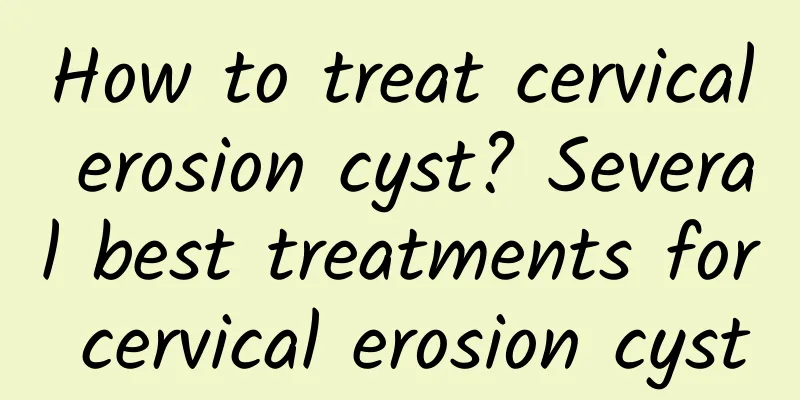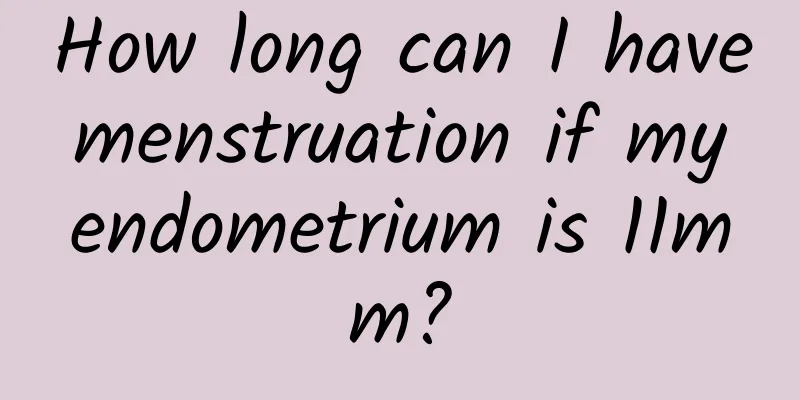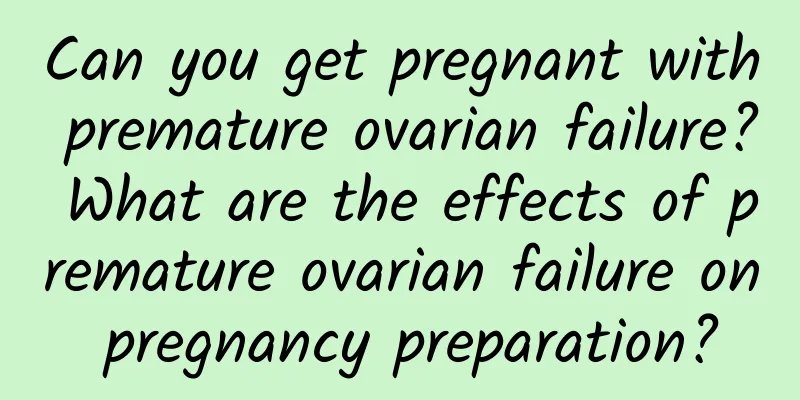How to treat cervical erosion cyst? Several best treatments for cervical erosion cyst

|
When women grow up, they will go through a series of major events such as marriage and childbirth. Many gynecological diseases begin to harm our bodies. Common gynecological diseases include trichomoniasis, candidal vaginitis, endometritis, cervical erosion, and many more. Gynecological diseases bother our female friends and have a great negative impact on childbirth. Therefore, we need to master more knowledge about gynecological diseases. Today we will talk about cervical erosion. Cervical erosion is mostly caused by cervical inflammation due to childbirth, abortion, surgical injury or poor hygiene. The erosion surface appears red and is divided into grades I, II and III, i.e. mild, moderate and severe erosion, according to the size of the erosion surface occupying the cervical area (&1>2/3). Before talking about the treatment of cervical erosion, we must first emphasize the importance of cervical cytology. Women who have sex need to undergo cervical cytology every year, which can be done by cervical scraping or TCT (liquid-based thin layer cytology test). This is a cancer prevention screening. Even if the cervix looks normal and there is no erosion, it needs to be performed regularly. The detection effect of TCT is better than that of cervical scraping because it can brush the cells of the cervical canal, and the missed diagnosis rate is significantly reduced. Not all cervical erosions require treatment. If there are no clinical symptoms such as increased leucorrhea and the TCT examination is normal, cervical erosion generally does not require treatment. This is because in some physiological conditions, such as during adolescence, pregnancy, or women taking oral contraceptives, the increase in estrogen levels causes the columnar epithelium of the cervical canal to proliferate and migrate outward, resulting in an erosive appearance. This is physiological cervical erosion and does not require treatment. If the clinical symptoms of cervical erosion are obvious and the doctor confirms that treatment is needed, and TCT examination has been performed to exclude cervical cancer, physical therapy is recommended, such as focused ultrasound, laser, and cryotherapy. Among them, focused ultrasound therapy is the least invasive. The treatment time is 3-7 days after the end of menstruation. The healing time of the wound surface is 3-4 weeks, and the deeper lesions require 6-8 weeks. During this period, there will be bloody or watery vaginal discharge. Attention should be paid to vulvar hygiene, infection prevention, and sexual intercourse is prohibited. Cervical erosion can be cured through current surgical treatment. Therefore, don't panic even if you get sick. We should go to a regular hospital for treatment, and cooperate with the doctor to take precautions to prevent cross infection. Pay attention to personal hygiene, often dry quilts, change clothes frequently, and disinfect the underwear you have worn. Let a healthy smile remain on the face of every woman. |
Recommend
What should I do if my fallopian tube is blocked and my menstruation does not come?
What should I do if my fallopian tube is blocked ...
What are the effects of a 2mm uterine fibroid? Is a 2mm uterine fibroid big?
What are the effects of a 2mm uterine fibroid? Is...
Endometriosis Infertility
If a woman suffers from infertility, the impact o...
How long does it take for menstruation to come after taking emergency contraceptive pills?
The topic of emergency contraceptive pills affect...
Key points of postoperative care for uterine fibroids that require high attention
Surgical treatment is one of the treatment method...
Women should pay more attention to the precautions before painless abortion
At present, the incidence of painless abortion is...
Treatment of pelvic inflammatory disease of damp-heat and stasis type
Traditional Chinese medicine can classify pelvic ...
Is there a high chance that endometrial thickening will heal on its own?
I believe everyone knows the importance of the ut...
What is the cause of congenital absence of vagina?
People are not particularly familiar with the sym...
Is chicken breast a must-eat for weight loss? 3 health benefits of chicken breast, 4 steps to cook it to make it delicious and not dry
Chicken breast, which is low in fat and high in p...
What are the symptoms of vulvar leukoplakia
Many people call vulvar leukoplakia vulvar malnut...
What can women eat to prevent uterine fibroids? What can women eat to prevent aging?
What can women eat to prevent uterine fibroids? W...
Symptoms of ovulation bleeding in women
Ovulation is a term we often hear. Many female fr...
What are the items in the examination for adenomyosis?
What are the tests for adenomyosis? 1.B-ultrasoun...
Fasting is a popular way to lose weight, but can everyone do it? Attention, 8 types of people!
Some people are not suitable for fasting Any heal...









